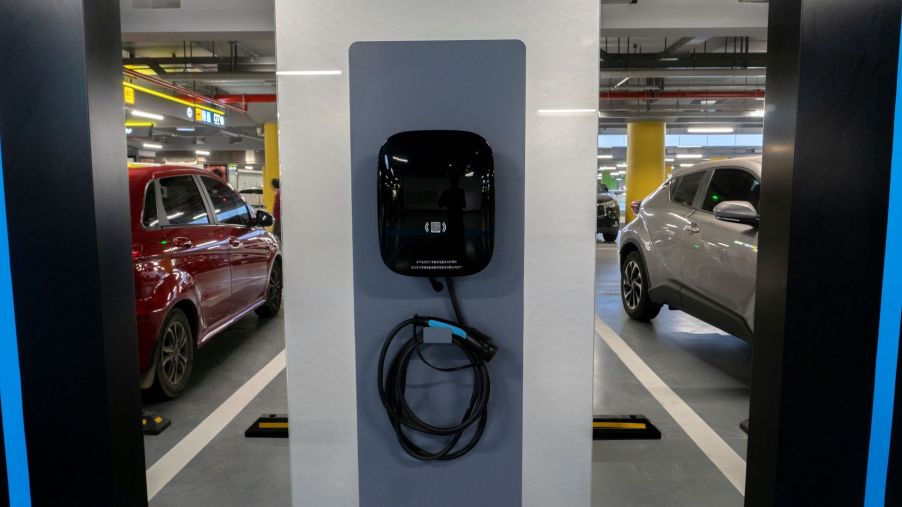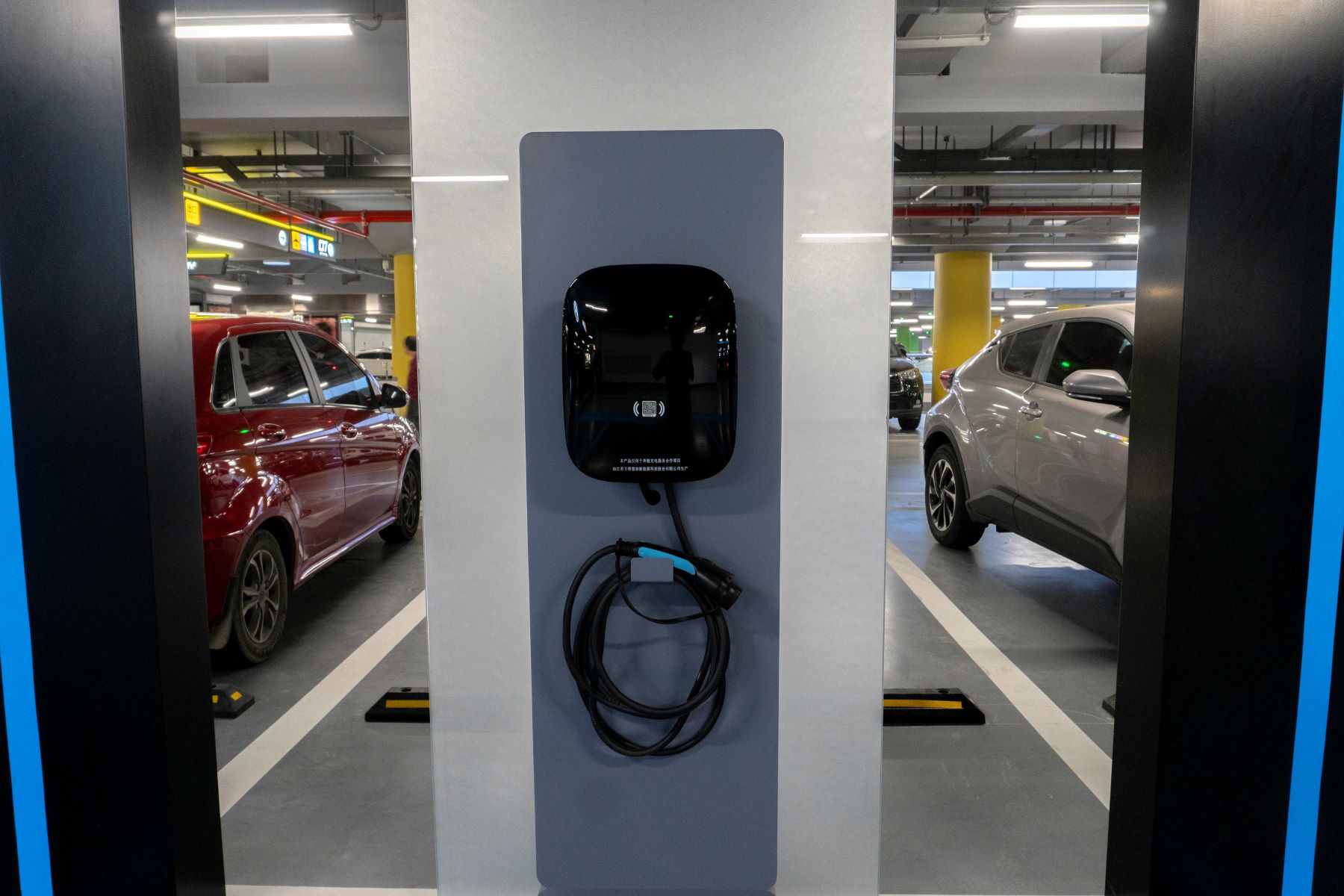
How Much Does It Cost to Charge an Electric Car at an Airport?
The increasing demand for electric vehicles (EVs) has led to more businesses, like airports, adapting to the electrification of the automotive market. This can be seen in the growing number of charging stations being made available for customers and employees. Companies are recognizing the benefits of electric vehicles, such as reduced emissions and lower fuel costs, and are taking steps to support their use. This includes installing charging stations at their facilities, offering charging as a perk for employees, and even providing electric vehicles as company cars.
The electrification trend is not just limited to businesses, as more cities and municipalities are also investing in charging infrastructure, making it easier for EV owners to charge their vehicles on the go. This is a positive step toward a more sustainable and eco-friendly future for transportation. So, how much does it cost to charge an electric car at an airport?
Exploring the convenience and speed of charging levels
Level 1 charging refers to the slowest type of charging and typically involves using a standard 120-volt outlet to charge an electric car, according to NeoCharge. This type of charging is generally done at home or in a parking garage and can take between 20-50 hours to fully charge a vehicle.
According to the U.S. Department of Transportation, Level 2 charging is faster and uses a 240-volt outlet, similar to the kind used for large appliances. This type of charging is typically found at public charging stations and businesses and can take 6-12 hours to fully charge a vehicle.
Level 3 charging, also known as DC fast charging, is the fastest type of charging currently available and uses a 480-volt outlet to charge a vehicle in a matter of minutes, as outlined by EVTown. This type of charging is typically found at dedicated fast charging stations and can be used by most EVs on the market.
Tesla Superchargers are a proprietary type of Level 3 charging designed explicitly for Tesla vehicles. Therefore, they can be found at dedicated Tesla Supercharger stations. They offer even faster charging speeds, allowing Tesla vehicles to be charged in as little as 45 minutes, and they are strategically placed to allow for long-distance travel.
Exploring the cost-saving benefits of an airport’s EV charging station membership plans

Businesses and institutions that own EV charging stations, like airports, frequently set their prices. According to Blink, these charging stations can modify member charging fees and optimize energy use with creative load management controls thanks to maximal host controls provided by Blink’s cutting-edge EV software technology.
Those who subscribe to a Pass+ membership pay a monthly fee of $4 and just $0.31 per kWh; those with an Electrify America visitor membership account spend $0.43 per kWh. ChargePoint, on the other hand, provides monthly plans that may enable you to lower your EV charging expenses.
As electric vehicle adoption soars, airports rush to keep up with demand for charging stations
The Federal Aviation Administration (FAA) offered subsidies amounting to $20.4 million for all airport electric charging stations across the U.S. as the electric vehicle market continues to expand. You can use a smartphone app like PlugShare to look up EV charging stations at your nearby airport.
So, as the demand for electric vehicles continues to rise, airports and other businesses are investing in EV charging infrastructure to meet the needs of their customers and employees. With a variety of charging options, including Level 1, Level 2, Level 3, and even Tesla Superchargers, there are now more opportunities than ever to charge your EV while on the go.
Additionally, with new software technology, businesses have more control over pricing and energy usage at their charging stations, making the charging experience more convenient and cost-effective for EV drivers. As the industry continues to evolve, it’s clear that the future of transportation is electric, and airports and other businesses are taking note and preparing for the shift.



